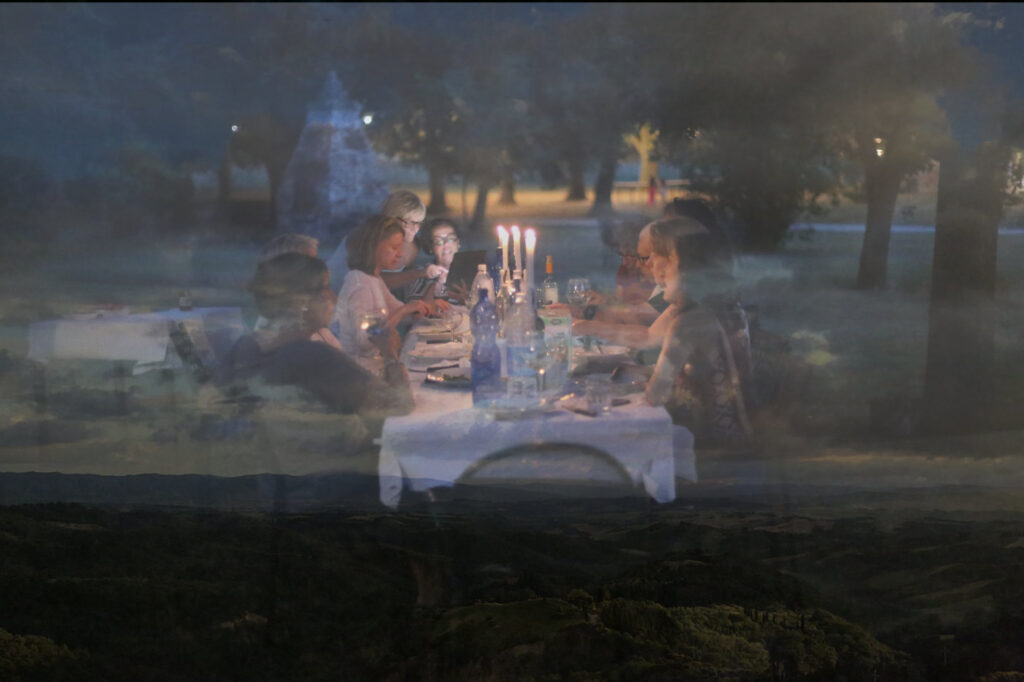Coming back from Italy from another successful art workshop!
About to leave again for Studio Italia, and whenever my students will set their easels before a breathtaking landscape, a recurring question will arise: Should I engage in a personal veni, vidi, vici of this scene? That is, I came, I saw, I have conquered the landscape—for the admiration of my Facebook followers. In such moments, one may wonder: is the resulting painting, grounded in the logic of mimêsis, akin to a subdued subject trailing behind Caesar’s chariot—hands bound—amidst the acclamations of the crowd?
In the shadow of the conquest of Ukrainian gardens, here we stand, armed not with weapons but with brushes and pigments, launching our own campaigns of personal dominion over nature. Yet such an approach to landscape—this desire to claim it visually and symbolically—is far from ecological, at least in a metaphorical and philosophical sense. Shouldn’t this encounter instead be guided by communion and reciprocity, wherein the sujet offers itself to the painter not as territory to be claimed, but as a presence to be acknowledged?
What, then, am I truly meant to see in this landscape? And more philosophically, what should I seek within what I see? These gardens—ephemeral, utopian, sacred, and already lost—do not merely represent an idyllic Eden. Rather, they overflow their own boundaries, extending into a beyond that we must learn to perceive. It is this excess, this surplus of meaning and sensation, that calls for exploration. The painter must become an explorer of these overflowing spaces.
As an instructor, I consider it my responsibility to emphasize that landscapes are not merely “views” to be replicated. They are, in essence, starting points—calls, thresholds, and vanishing points, both in terms of spatial composition and inner experience. These vedute become the locus (focal point) from which the image is generated. Consequently, the act of painting transforms into a spiritual inquiry, a practice in which “the good”, understood as poiêsis (creative making), and “the evil”, understood as mimêsis (mere imitation), are in constant tension. This internal conversation becomes the very substance of the work.
For a painting to be meaningful—to truly communicate—it must engage with this tension. Whether deeply personal or more broadly conceived, this confrontation is, I believe, the necessary foundation upon which significant artistic work is built.
At Walkthearts, this is the type of question we raise at the dinner table around a gastronomic meal, such as below.



0 Comments